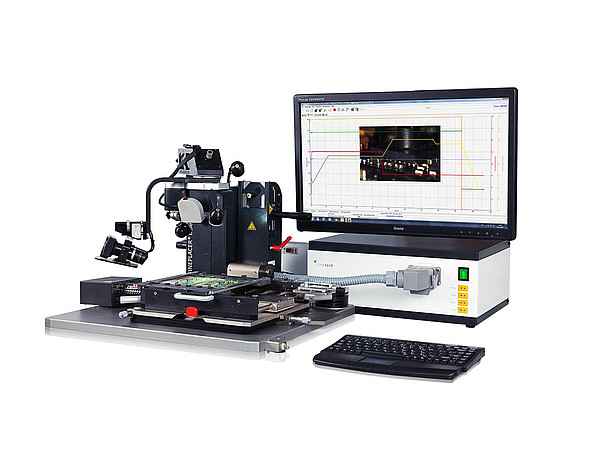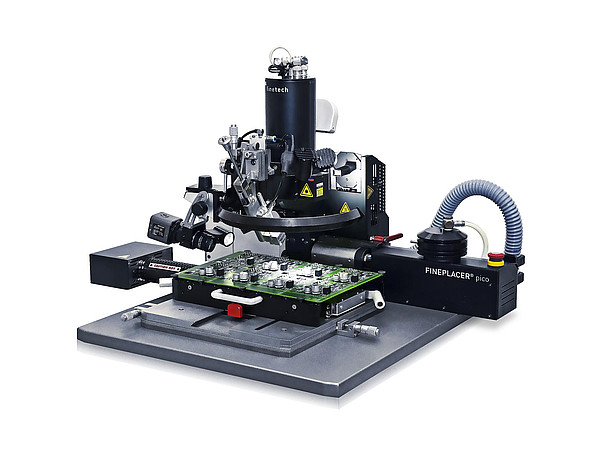Author: Dan Lilie
Abstract: Due to their reduced space requirements, miniaturized SMD connectors are increasingly being used for small component assemblies, for example, found in mobile devices. Large SMD connectors and plugs are also widely spread. An example here could be the PCI express connector typically found on motherboards and server boards. The length on the connector is a particular challenge here, because it has a direct influence on handling, heat distribution, and application of the solder paste. There are significant differences in terms of layouts and shapes, sizes, used materials (affects allowed maximum temperature), surface conditions, design of contact areas and pins (symmetric/asymmetric, open/covered, number, shapes, pitch, etc.). Infrared systems can be quickly stretched to their limits in this case due to the energy input through dark and matte surfaces of the connectors. Such surfaces reflect the energy which must be then transferred through the device in to the connectors. Their longer form does not completely allow a targeted energy input through the infrared spots, which usually leads to melted connectors and burned circuit boards. Component handling is yet another challenge. BGAs with mainly flat surfaces are easy to pick up with a vacuum tool, whereas connectors are better to pick up with a clamping tool.





